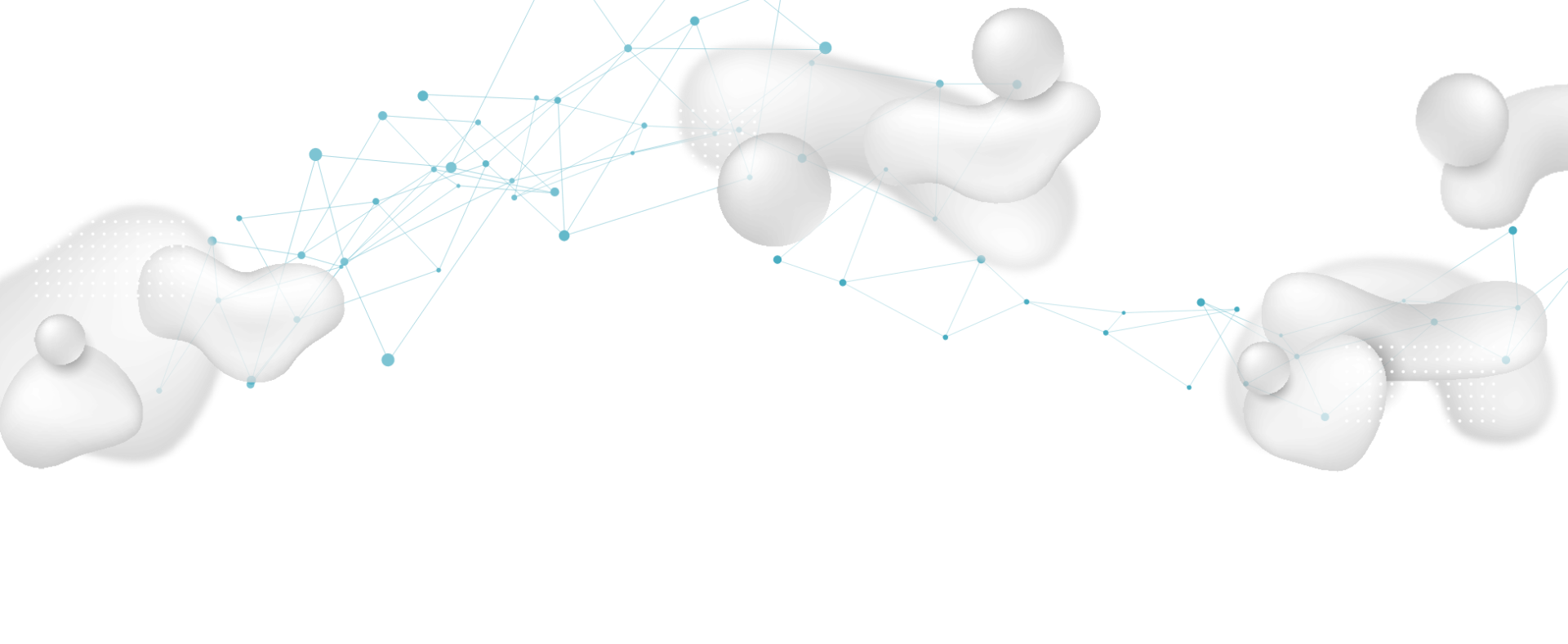Topic Overview
Research and development organization
Research and Development Project Leader
Takeshi Sato (Associate Professor at the Graduate School of Engineering, the University of Tokyo)
Participating institutions (Educational)
The University of Tokyo / RIKEN / Okinawa Institute of Science and Technology Graduate University
Participating institutions(Corporate)
Quemix Corporation / JSR Corporation / Toyota Motor Corporation / International Business Machines Corporation / Mizuho Research & Technologies / Mitsubishi Chemical Corporation
Characteristics of this topic
- Theory
- Common aspects among isolated electrons, periodic system electrons, and nuclear system Optimization and time evolution of both the many-body (quantum circuit) and one-body (orbital function) wave functions
- Implementation
- Modulation + Common interface Classical-quantum hybrid algorithms.
Purpose of this topic
- Development of a common platform for molecular/solid-state/nuclear simulation.
- Advancement of simulation techniques.
- Classical–quantum hybrid simulation.
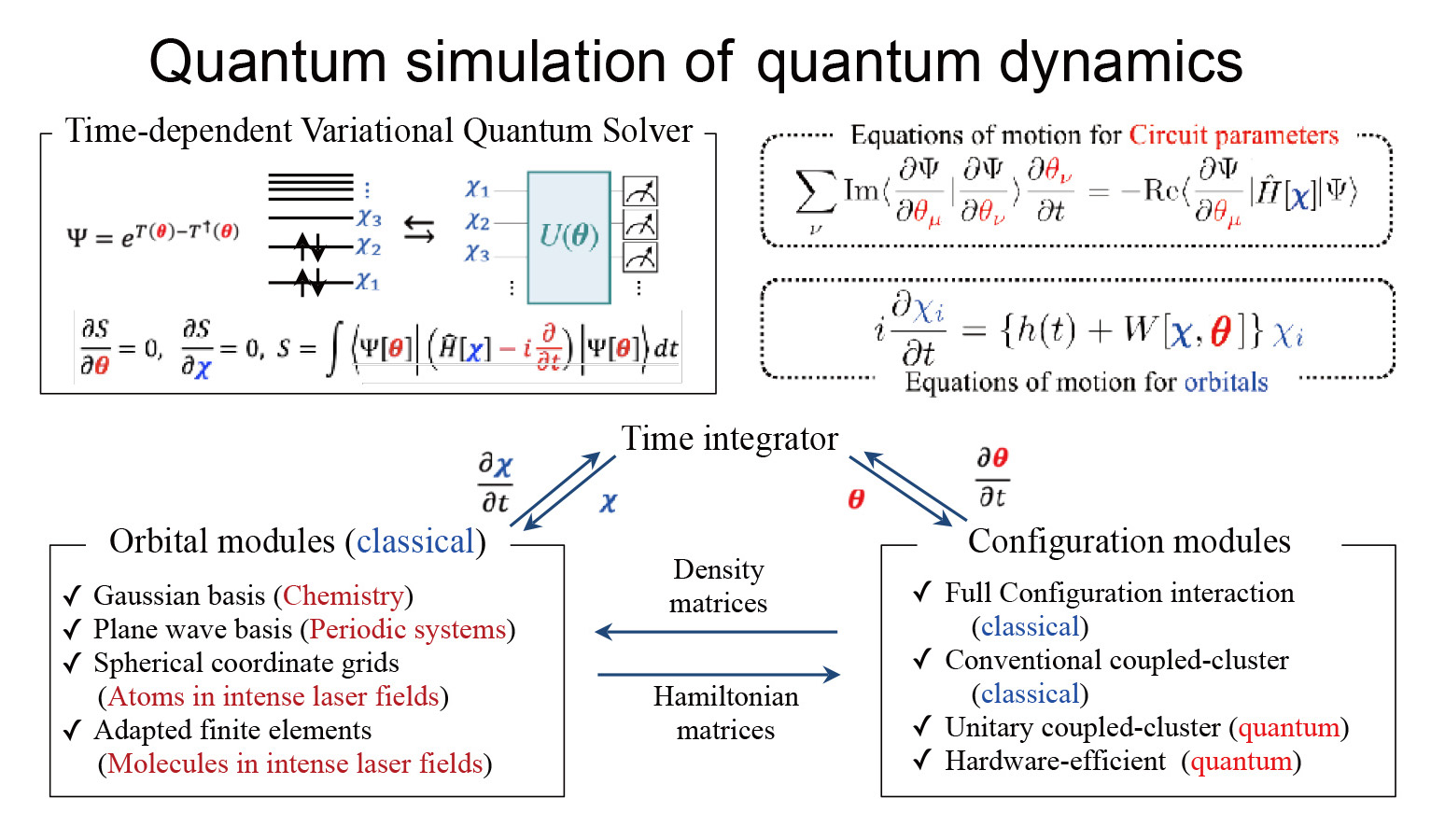
Research Highlights
Development of the solid-state version of TD-OUCCD
- The Time-Dependent Variational Quantum Solver (TD-VQS) was extended to the solid-state version of Time-Dependent Optimized Unitary Coupled Cluster with Doubles (TD-OUCCD).
- The solid-state version of TD-OUCCD extends the TD-OUCCD method developed for molecules to periodic systems and implements imaginary time evolution on a quantum circuit simulator.
- In this method, both orbital functions and quantum circuit parameters are optimized, allowing for high-precision calculations with fewer qubits compared to similar studies that optimize only the quantum circuit parameters.
- Applying the solid-state version of TD-OUCCD with Gaussian basis functions to a one-dimensional hydrogen chain confirmed its ability to accurately calculate the potential energy curve of the ground state
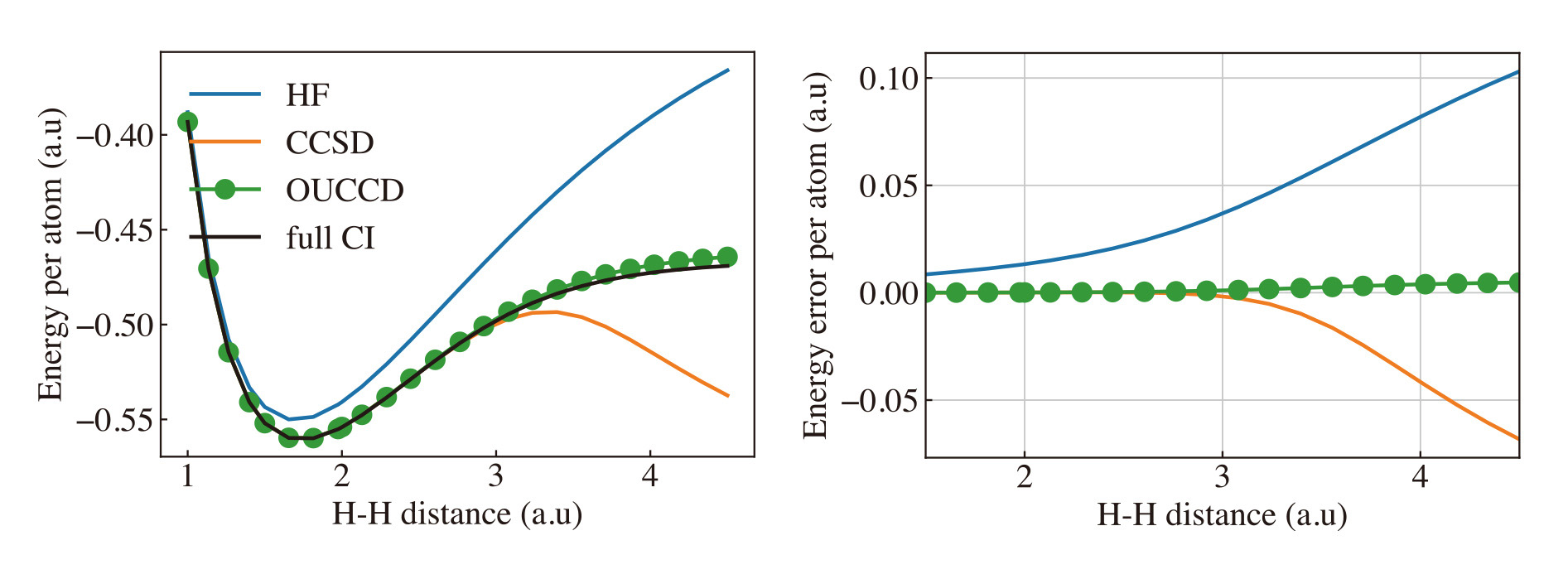
Extension of TD-VQS
- The team is working on extending the to nuclear systems.
- The similarities and differences between the TD-VQS for isolated electron systems and nuclear many-body theory were organized. By extending the TD-VQS framework, a prototype computational code capable of handling multi-component quantum many-body systems,including atomic nuclei, was created.
- Variational Quantum Eigensolver (VQE) calculations for the ground state of a 6Li nucleus using a quantum circuit simulator were successfully performed.
- The application of the natural expansion of wave functions revealed that it is possible to construct an equivalent variational quantum circuit with fewer CNOT gates compared to similar previous studies.
- By applying the natural decomposition of wave functions, it was discovered that it is possible to construct a variational quantum circuit equivalent to those in previous similar studies with fewer CNOT gates.

Quantum gate sequence search
- Using deep reinforcement learning, a search for quantum gate sequences was conducted to reproduce the probability distribution output by quantum computations.
- The discovered reinforcement quantum circuits exhibit output patterns similar to those of quantum inverse Fourier transform circuits but with fewer quantum gates.
- The discovered reinforcement quantum circuits were executed on a superconducting quantum computer, demonstrating that, at the current level of quantum gate errors, the lower-gate-count reinforcement quantum circuits improve the computational accuracy.
- Theoretical analysis revealed that the reinforcement quantum circuits achieve a simpler computational algorithm by extracting only the necessary computational processes.
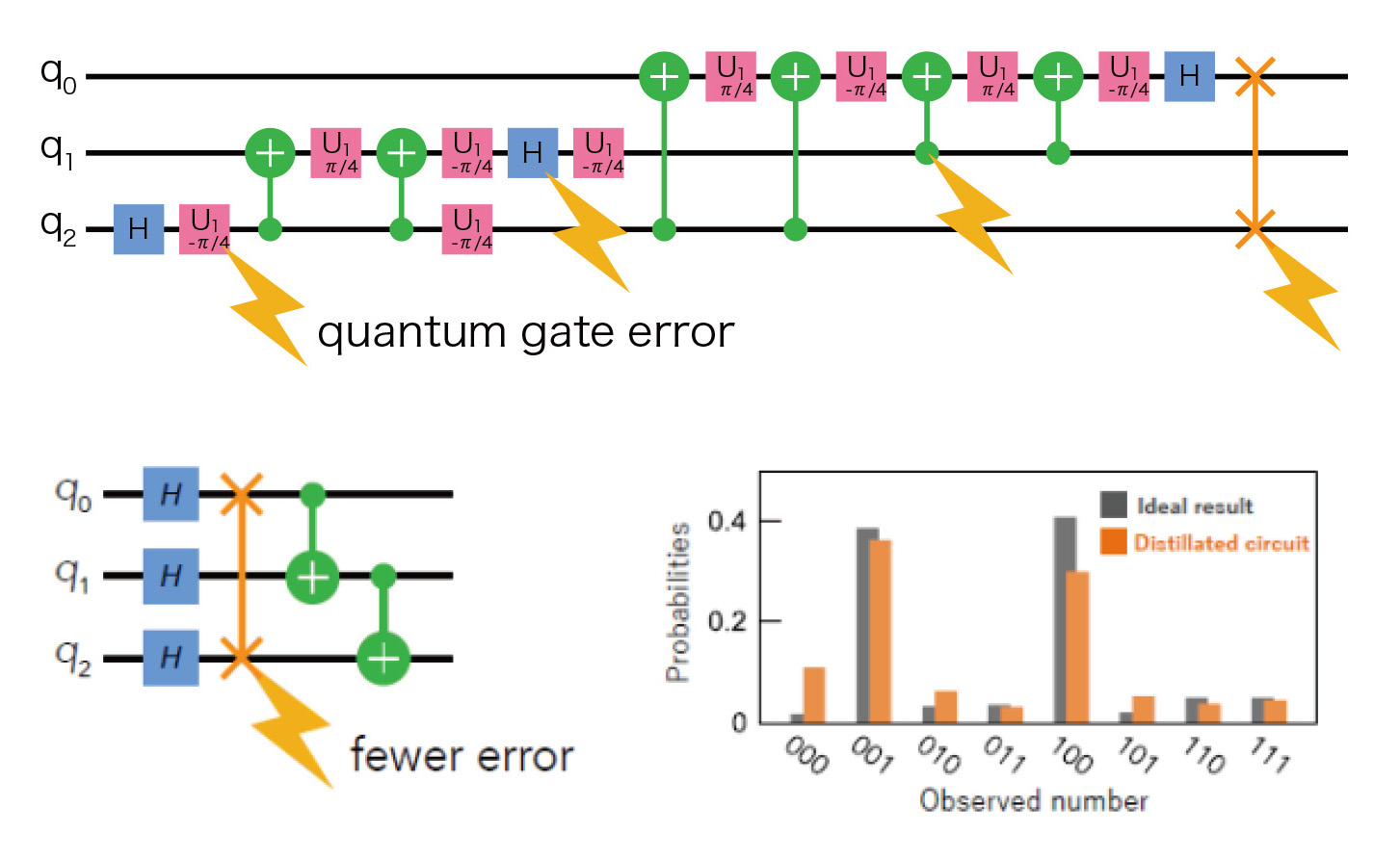
Cold atomic gases
- Research is being conducted on the phase transition from superfluid to insulator in two-component cold atomic gases.
- It has been discovered that when a small number of strongly correlated impurities are embedded in a large Bose-Einstein condensate (BEC), the impurities self-organize into a periodic structure within the matter wave lattice.
- The transition from superfluid to Mott insulator in lattice systems was studied,allowing for the simulation of phononic excitations in coupled many-body systems.
- Research on the correlation effects in quantum batteries is also being conducted,with simulations of these devices on quantum hardware.
- Simulation of quench dynamics in the Ising model was performed to determine the maximum amount of energy that can be extracted using optimal unitary operations.
- The optimization precision depends on the system size and correlations, and current benchmarking of algorithms is underway, with plans for future execution on quantum hardware.
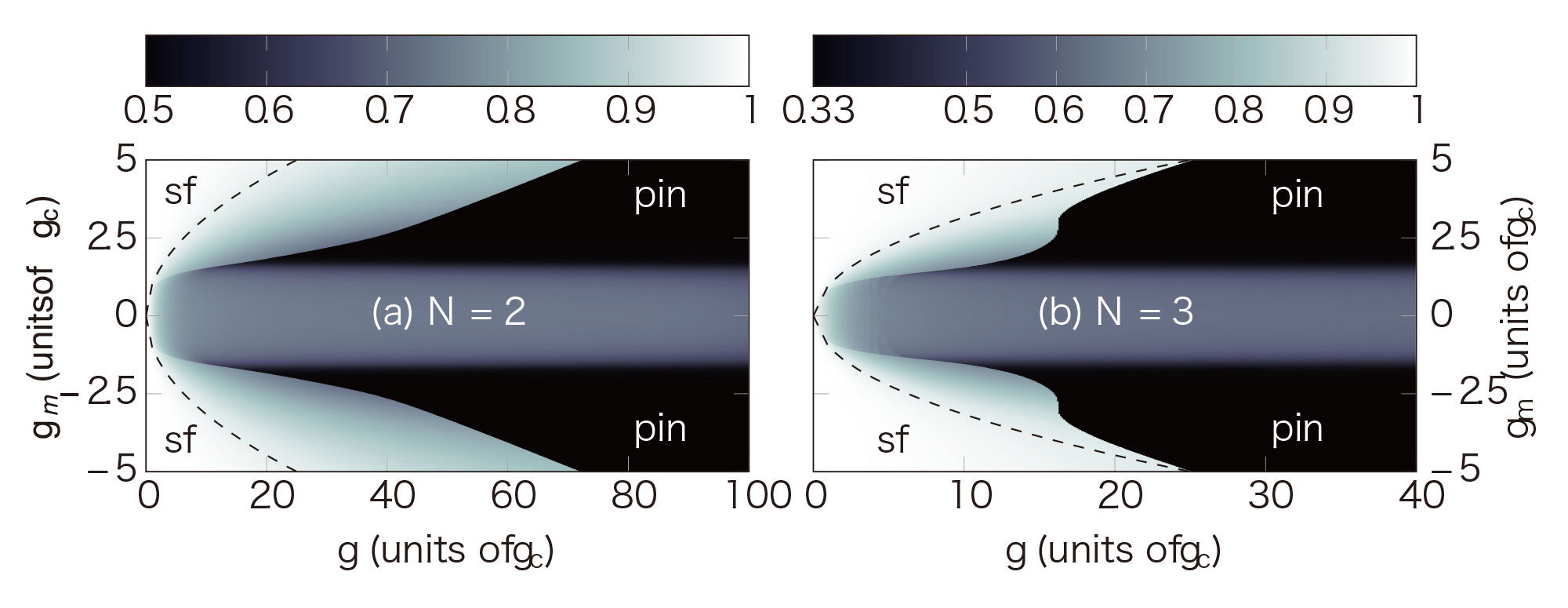
Future Prospects
- Completion of the development of a prototype for the solid-state version of the TD-VQS. To be implemented based on the time-dependent variational principle with zero-noise extrapolation incorporated.
- Completion of a prototype for the nuclear version of the TD-VQS. Development of the TD-VQS nuclear version code for real-time simulation of nuclear processes.
- Verification of a highly parallel quantum circuit simulator. Establishment of a computing environment using the Braket parallel quantum circuit simulator (https://github.com/naoki-yoshioka/braket).
- Embarking on applications to other quantum many-body systems, such as cold atomic gases. Analysis of the properties of phase transitions between new superfluid and insulator states in systems with interacting cold atoms.
Sharing a common simulation platform prototype to facilitate the development cycle.
- Development of a shared simulation infrastructure (Main Task).
- Advancement of the simulation infrastructure/integration with quantum embedding, quantum optimization, and quantum HPC.
- Integration of quantum AI with quantum simulation.
- Industry–academia co-creation/collaboration with participating industries.
